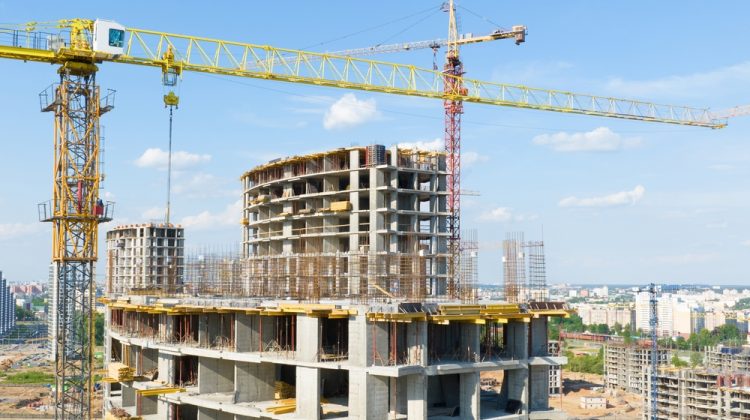
Renewable Energy Integration in Construction: Powering a Sustainable Future
Renewable Energy Integration in Construction: Powering a Sustainable Future
As the world transitions toward cleaner energy, the construction industry plays a crucial role in driving sustainability. Renewable energy integration is becoming an essential part of modern building design, helping reduce carbon emissions and dependence on fossil fuels.
From solar panels and wind turbines to geothermal and bioenergy systems, renewable energy integration ensures that buildings are not just functional but environmentally responsible.
What Is Renewable Energy Integration?
Renewable energy refers to the process of incorporating clean, sustainable energy sources—such as solar, wind, hydro, and geothermal—into building operations. The goal is to reduce reliance on non-renewable energy and minimize greenhouse gas emissions.
In construction, this means designing and building structures that can generate, store, and efficiently use renewable power throughout their lifecycle.
Importance of Renewable Energy Integration in Construction
The construction sector contributes significantly to global energy use and carbon emissions. By adopting renewable energy, developers can create buildings that produce their own clean power, contributing to national and global sustainability goals.
In India, this approach supports the country’s net-zero by 2070 target and reduces the long-term operational costs of buildings.
Types of Renewable Energy Used in Construction
1. Solar Energy
Solar panels (photovoltaic systems) are the most common form of renewable energy . They convert sunlight into electricity to power lighting, heating, and cooling systems, drastically cutting energy bills.
2. Wind Energy
Small-scale wind turbines can be installed in large infrastructure projects or rural developments. Wind energy is a reliable source for renewable energy , especially in open areas with consistent airflow.
3. Geothermal Energy
This method uses the earth’s heat for temperature regulation. Geothermal systems are efficient for renewable energy integration in both residential and commercial spaces, reducing dependence on fossil fuels.
4. Bioenergy
Biogas and biomass can power generators and heating systems. Integrating these resources promotes waste recycling and clean energy production—key aspects of renewable energy .
5. Hydropower
Micro-hydropower systems can provide renewable electricity in projects near flowing water sources, contributing to decentralized renewable energy integration solutions.
Benefits of Renewable Energy Integration
-
Reduced Carbon Emissions: Directly lowers the environmental footprint of buildings.
-
Energy Independence: Minimizes reliance on traditional power grids.
-
Cost Savings: Decreases long-term operational and maintenance costs.
-
Improved Building Value: Green-certified projects attract investors and buyers.
-
Supports National Goals: Aligns with India’s renewable energy and sustainability initiatives.
Renewable Energy Integration in India
India is rapidly expanding its renewable energy infrastructure, with solar and wind energy at the forefront. The government’s National Solar Mission and Green Energy Corridor Project encourage developers to adopt renewable energy in new constructions.
Green building certifications like IGBC (Indian Green Building Council) and LEED also reward projects that use renewable sources effectively. To learn more, visit IGBC India’s website.
How to Implement Renewable Energy Integration in Construction
-
Conduct Energy Assessments: Evaluate site conditions and energy needs before design.
-
Incorporate Passive Design: Optimize building orientation and materials to reduce overall energy demand.
-
Install Renewable Systems: Choose suitable technologies such as solar PV or geothermal systems.
-
Use Smart Energy Management Systems: Monitor and optimize energy generation and consumption.
-
Collaborate with Experts: Work with architects and engineers specializing in renewable energy.

Partnering for Sustainable Development
To effectively implement renewable energy , collaboration between architects, developers, and energy consultants is essential. At AMS India, we provide sustainable construction solutions that blend innovation with environmental responsibility.
Our experts help clients integrate renewable energy systems into projects, ensuring energy efficiency and long-term savings.
Conclusion: Building a Greener Tomorrow with Renewable Energy
Renewable energy is reshaping the future of the construction industry. By harnessing the power of natural resources, we can build structures that are not only energy-efficient but also environmentally restorative.
Every step toward renewable energy integration brings us closer to a cleaner, more resilient, and sustainable world—where progress and the planet thrive together.
Read more related articles to enhance your knowledge and make informed decisions
Cost-Effective Modular Construction: Fast, and Sustainable Building Solutions
Smart Modular Buildings: Innovative, Efficient, and Sustainable Construction








